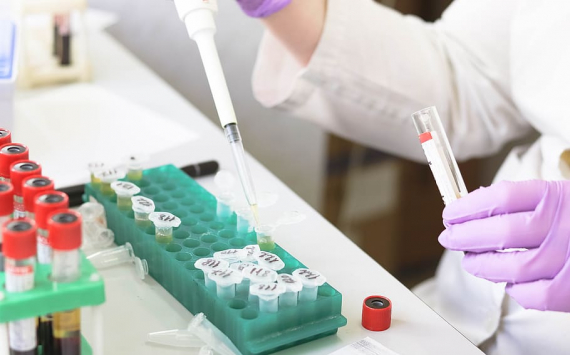
A neural network in medicine
US doctors and mathematicians have developed an artificial intelligence system capable of detecting Parkinson's disease in its early stages from photos of stem cells extracted from patients' skin. This was announced on Friday by the The New York Stem Cell Foundation (NYSCF) press office.
"A major advantage of neural networks is that they can detect non-obvious signs of disease progression by analysing a large number of cultures of its host cells," said Google researcher Samuel J. Yang, whose words were quoted by the NYSCF press service.
In recent years, scientists have made great strides in developing artificial intelligence systems and have created neural networks that can perform non-trivial tasks and even "think" creatively.
For instance, mathematicians in the US have recently created an artificial intelligence system capable of detecting the signs of melanoma and skin cancer, while their Russian colleagues have developed a neural network that identifies epilepsy foci.
Yang and his Google colleagues, as well as medics at NYSCF, have adapted artificial intelligence systems to solve another important medical and scientific challenge: recognising stem cell cultures belonging to Parkinson's disease carriers.
It is worth noting that the development of this system, as explained by mathematicians and physicians, was aimed at solving several problems, both related to early diagnosis of Parkinson's disease, and the search for potential "targets" for drug prototypes, in theory, able to suppress the development of this neurodegenerative disease.
To create this artificial intelligence system, the scientists enlisted the support of 91 Parkinson's disease carriers at different stages of its development, extracted stem cells from their skin and prepared more than a million photos of these bodies. Similarly, the researchers obtained images of stem cells extracted from the skin of healthy US residents of the same age and sex.
The scientists also hope that their development will speed up the search for "targets" for drugs that can suppress Parkinson's disease in the vast majority of carriers, rather than the small proportion who carry specific mutations in the genes associated with the development of the neurodegenerative disease.







